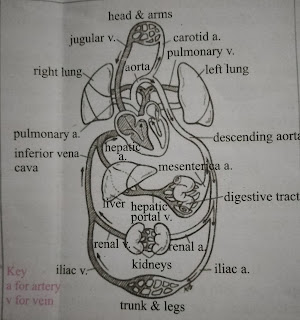What does Microsoft power point mean, definition from techopedia
What is Microsoft Power Point? Difintion from Techopedia Definition - What does Microsoft PowerPoint mean? Microsoft Power Point is powerful presentation software developed by Microsoft. It is a standard component of the company's Microsoft Office suite software, and is bundled together with Word.,Excel and other Office productivity tools. The program uses slides to convey information rich multimedia. The term "slide" refers to the slide projector, which this software effectively replaces. Guidelines for an effective presentation: Reference Computer Literacy COURSE GUIDE Associate Degree in Education/B.Ed. (Hons) Elementary 2011 provide the following guidelines to the Trainee Teachers for these assignments: *Remember that Power Point helps to 'visualize ideas', communicate key points, and main formation 'memorable'. Do not use presentations to dump data. *The presentation should be to the point, focusing on actual purpose. *The presentation should have a ...



